SF Gardeners...this product is brilliant.
joellenh
12 years ago
Related Stories

GARDENING GUIDESGreat Design Plant: Grow Blueberries for Their Fruit and More
Eastern gardeners should consider growing blueberry plants for their delicious fruits, bee-friendly spring blooms and brilliant fall foliage
Full Story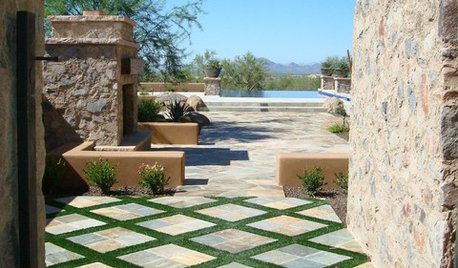
LANDSCAPE DESIGNSee a Pattern Here? It's Conceptual Gardens, for Art's Sake
Make a brilliant impression with artful landscape designs that celebrate the avant-garde
Full Story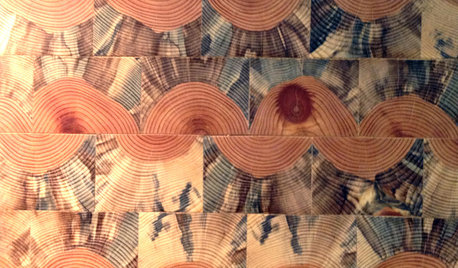
DECORATING GUIDESInventive New Products for Fun Designs Ahead
Check out the 2013 Dwell on Design expo's twists on midcentury patterns, instant color palettes, surprises for the patio and more
Full Story
PRODUCT PICKSGuest Picks: Walls to Transform Your Space
Trompe l'oeil, textures and other unexpected elements turn blah walls into brilliant focal points
Full Story
GARDENING GUIDESLush, Foodie Abundance in a Small Urban Garden
This modest backyard garden provides its owner with fruit and vegetables all year round, thanks to an innovative low-maintenance approach
Full Story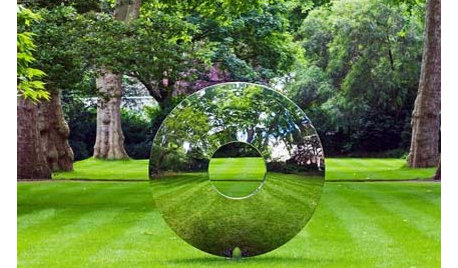
PRODUCT PICKSGuest Picks: Contemporary Garden Ideas
Take your garden design into the 21st century with eye-catching sculptures, sleek outdoor furniture and futuristic features
Full Story
MOST POPULARHow to Start a Cool-Season Vegetable Garden
Late summer and late winter are good times to plan and plant cool-season crops like salad greens, spinach, beets, carrots and peas
Full Story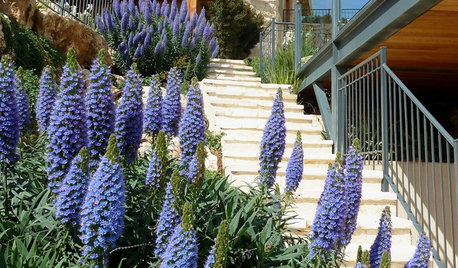
GARDENING GUIDESGreat Design Plant: Pride of Madeira
Try this drought-tolerant stunner for its massive flower spikes that burst with purple, drawing butterflies and birds to the garden
Full Story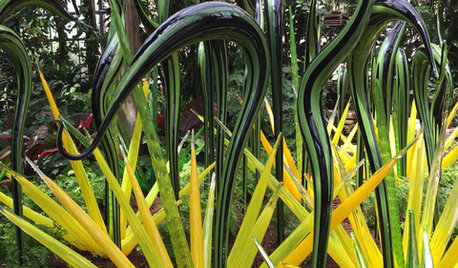
EVENTSSee ‘Chihuly in the Garden’ at the Atlanta Botanical Garden
The glass artist’s work is well-sited to complement and contrast with beautiful plantings. His new installation opens Saturday
Full Story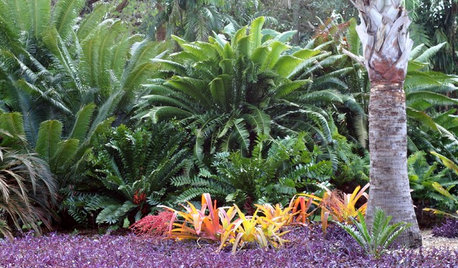
PLANTING IDEAS8 Design Tricks From Sunny Botanical Gardens
Take a yard from stale to stupendous with ideas from these expertly designed gardens in the U.S. Sunbelt
Full Story






redding
slowpoke_gardener
Related Professionals
Forest Park Landscape Architects & Landscape Designers · Waterbury Landscape Contractors · Barrington Landscape Contractors · Burlington Landscape Contractors · Crystal Landscape Contractors · Fair Lawn Landscape Contractors · Milford Landscape Contractors · Olympia Landscape Contractors · Reisterstown Landscape Contractors · Adrian Decks, Patios & Outdoor Enclosures · Asheville Decks, Patios & Outdoor Enclosures · Bellevue Decks, Patios & Outdoor Enclosures · Midwest City Decks, Patios & Outdoor Enclosures · Racine Decks, Patios & Outdoor Enclosures · Spokane Decks, Patios & Outdoor Enclosuresredding
joellenhOriginal Author
slowpoke_gardener
slowpoke_gardener
joellenhOriginal Author
slowpoke_gardener
joellenhOriginal Author
elkwc
redding
slowpoke_gardener
slowpoke_gardener
biradarcm